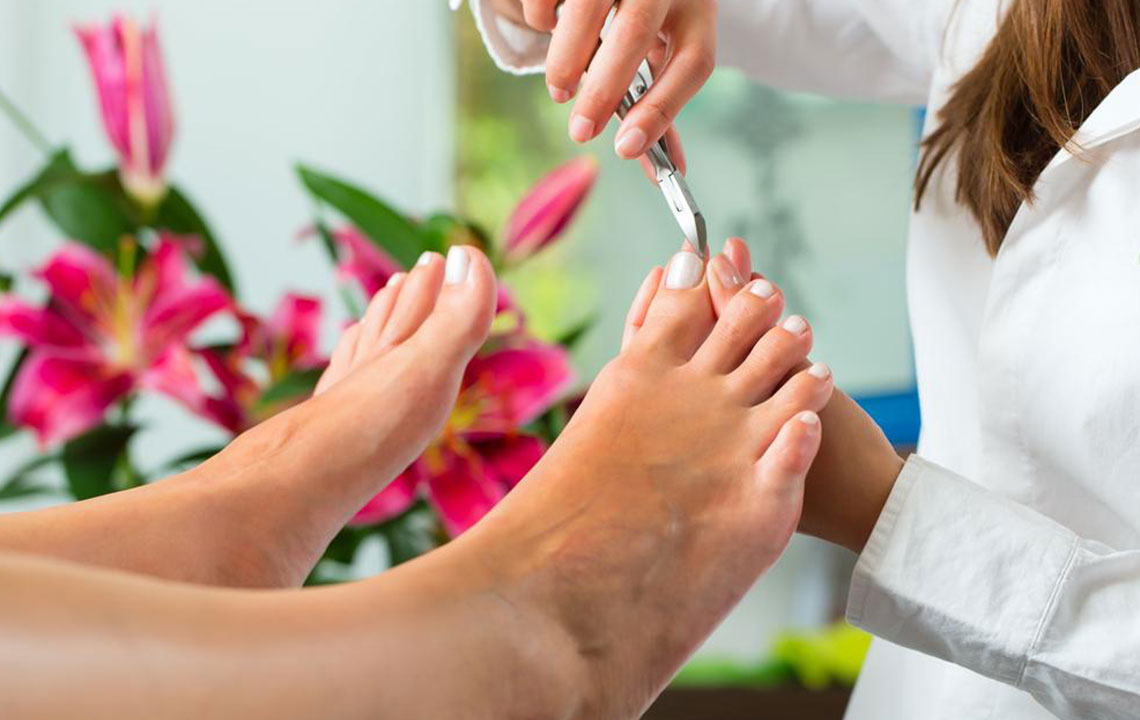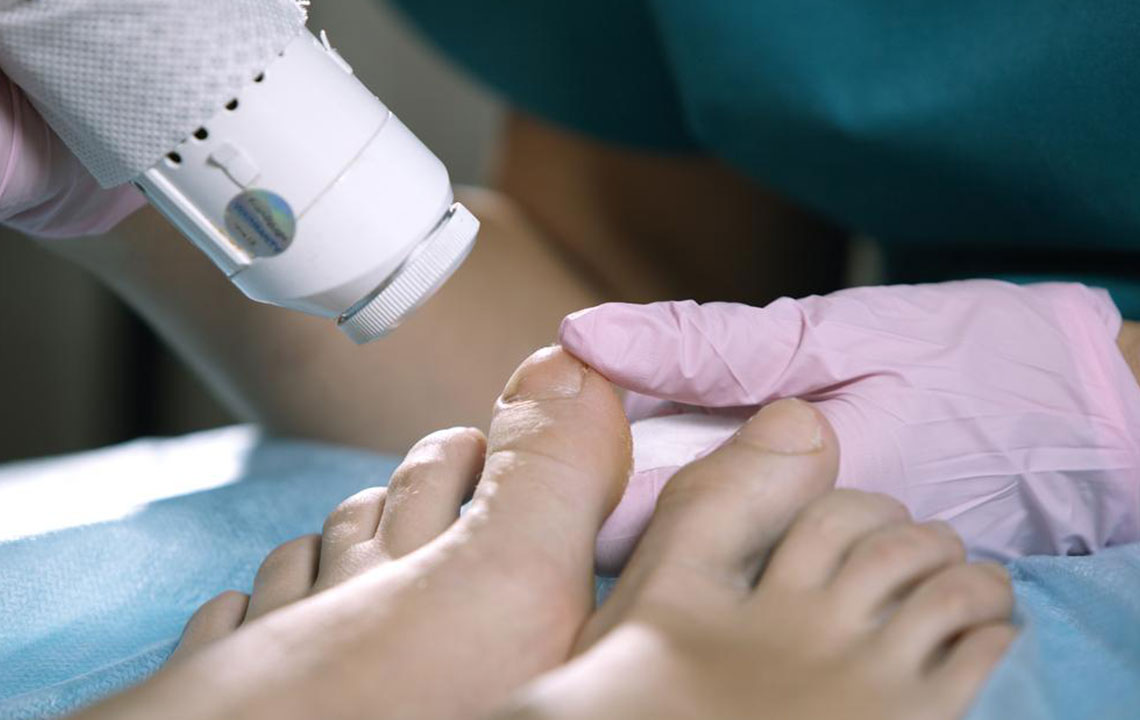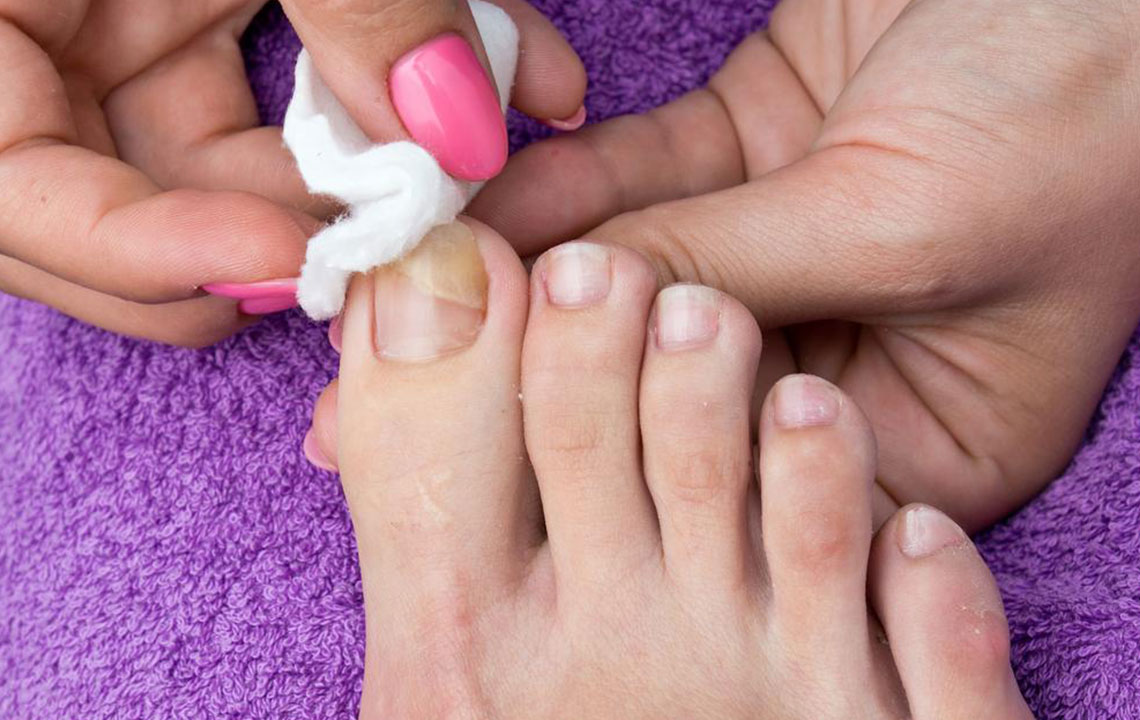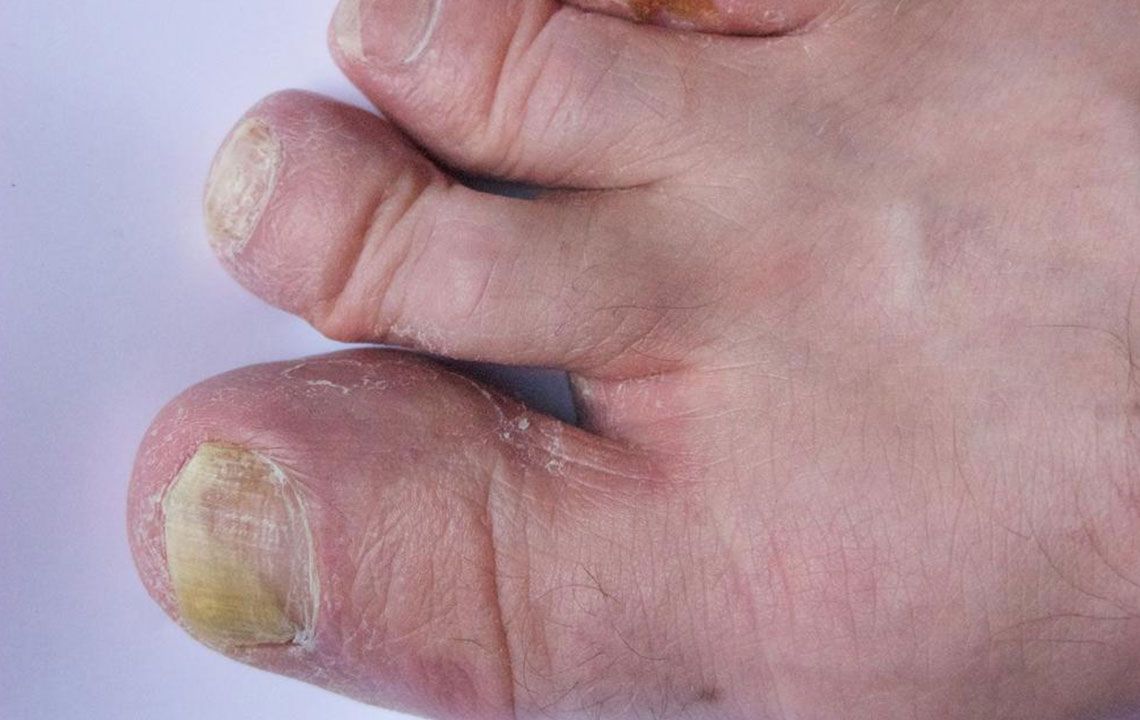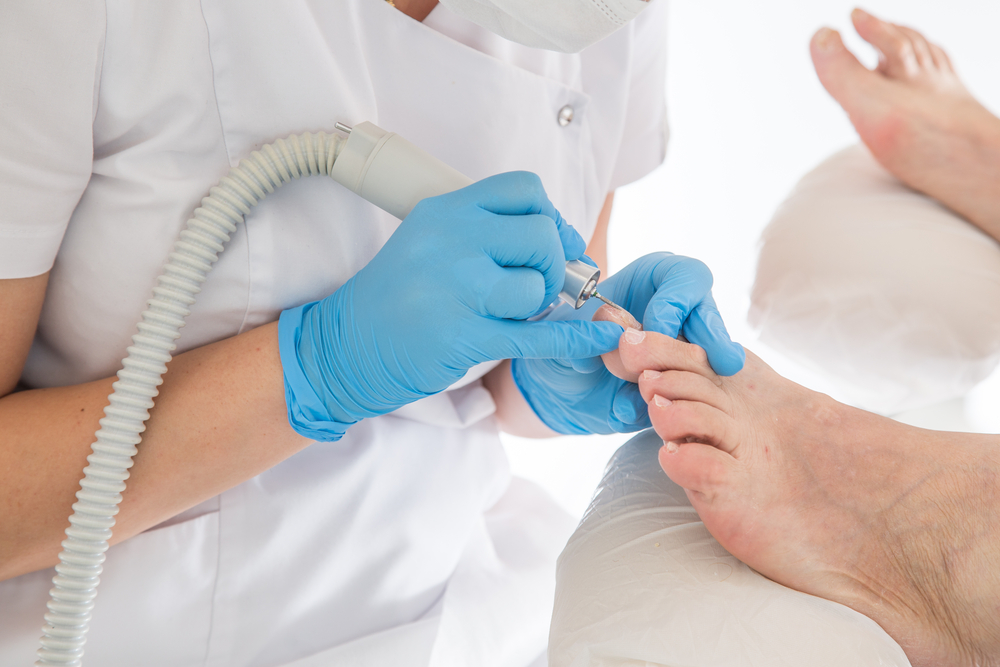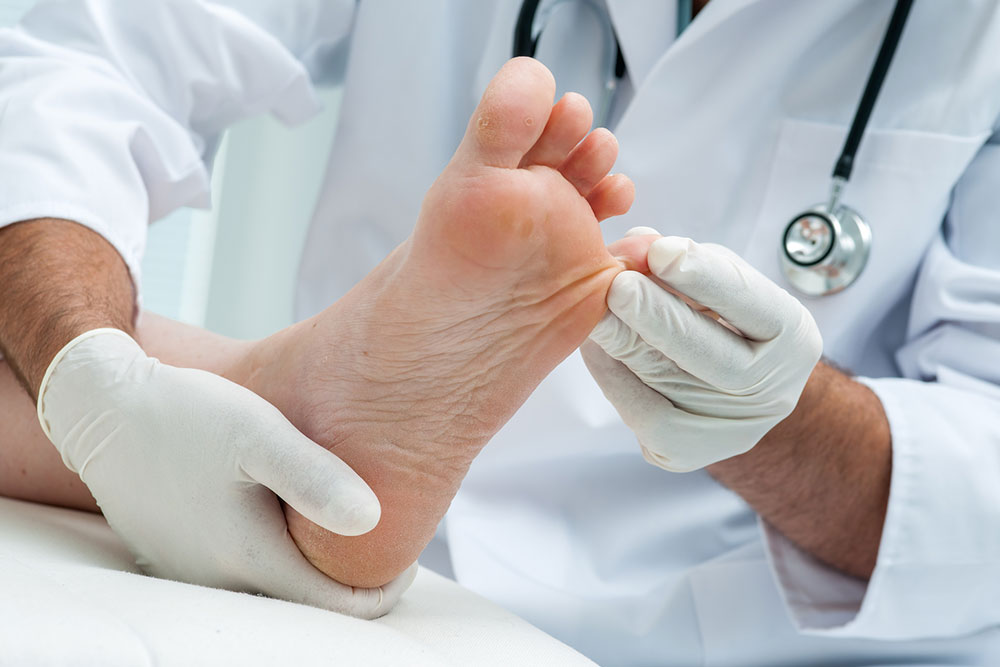Comprehensive Approaches to Treating Nail Fungal Infections for Better Nail Health
Discover effective strategies and natural remedies for treating nail fungal infections. From identifying symptoms to professional treatments, learn how to combat this common problem and restore healthy nails. Suitable for individuals seeking safe, comprehensive solutions to fungal nail issues.
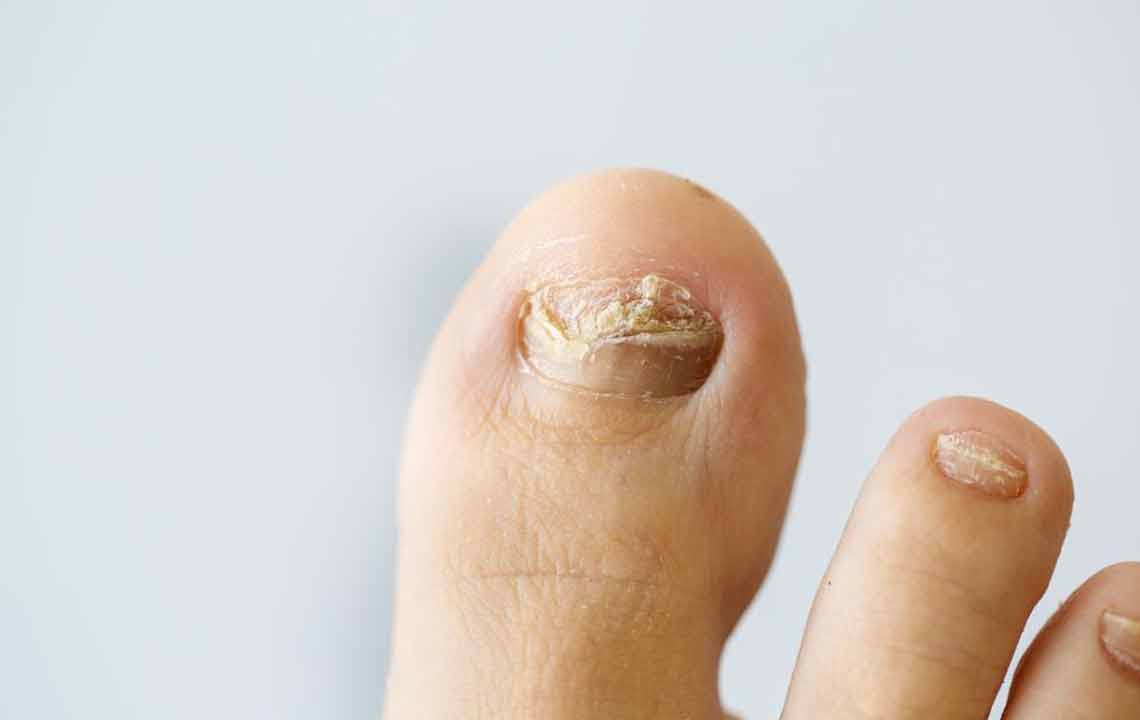
Comprehensive Approaches to Treating Nail Fungal Infections for Better Nail Health
Nail fungal infections, medically known as onychomycosis, are a common problem that can affect people of all ages. They often begin subtly, with a small white or yellowish spot underneath the tip of the nail. Over time, if not addressed, these infections can cause significant discoloration, thickening, and even deformation of the nails, leading to discomfort and cosmetic concerns.
The infection occurs when fungi penetrate the protective nail bed through small cracks or cuts, especially in warm, moist environments. The toes and fingernails are particularly vulnerable, with toenails often being more susceptible due to their location inside enclosed, humid shoes. This environment provides an ideal breeding ground for fungi, which thrive in such conditions. Fungal spores involved in nail infections include dermatophytes, yeasts, and molds, each affecting different parts of the nail structure.
Understanding the Causes of Nail Fungal Infections: Nail fungal infections predominantly result from dermatophyte fungi, which invade the keratinized tissues of the nail. These infections often develop gradually, with symptoms becoming more apparent over time. The risk factors include exposure to damp environments, poor personal hygiene, aging, and genetic predispositions. Conditions such as diabetes and compromised immune systems can further increase susceptibility.
Factors That Promote Fungal Growth:
Age-related changes: As people age, nail growth slows, and blood circulation decreases, weakening the body's ability to fight infections.
Excess moisture: Sweaty feet or hands that are not properly dried create a moist environment conducive to fungal proliferation.
Occupational hazards: Jobs involving exposure to humid or wet environments, such as swimming instructors, bartenders, or construction workers, elevate risk.
Family history and genetics: A predisposition to fungal infections can run in families, making some individuals more vulnerable.
Male individuals with a family history of fungal infections are more prone to developing similar issues.
Close contact with infected persons increases transmission risk, especially in communal settings.
Activities involving frequent water exposure—like swimming, gardening, or certain sports—increase the likelihood of infection.
Toenails are more frequently affected than fingernails due to their environment:
They are often confined in dark, moist spaces within shoes, perfect conditions for fungi to thrive.
Reduced blood flow to toes compared to fingers diminishes the body's natural defenses against fungal invasion.
Recognizing the Signs and Symptoms of Nail Fungal Infections: Early detection is crucial for effective treatment. Common symptoms include thickened nails, brittle or crumbly texture, deformation, and discoloration—ranging from yellow, white, green, to brown. Dark debris or spots beneath the nail, often accompanied by foul odor and discomfort, are telltale signs.
Thickened, brittle nails that are prone to cracking or splitting
Change in nail shape or curvature
Unusual discoloration or dark streaks beneath the nail
How Is Nail Fungus Diagnosed? A healthcare professional performs a thorough examination of the affected nails. To confirm the presence and type of fungus, they may scrape some debris from under the nail for laboratory analysis. This helps determine the most appropriate treatment plan tailored to the specific fungal strain involved.
Natural and Home Remedies for Managing Nail Fungal Infections: Several natural remedies can aid in the prevention and management of nail fungus. Maintaining proper hygiene is vital—regularly cleaning, trimming, and filing nails minimizes debris buildup and facilitates better treatment absorption. Topical applications such as medicated creams or ointments are often used in conjunction with natural remedies.
Keeping nails clean and dry: Regularly filing, soaking, and thoroughly drying nails limits fungal growth.
Applying natural antiseptics like Vicks VapoRub: Widely used for its antifungal properties, it can be applied daily to infected nails to promote healing.
Regular trimming and shaping: Reduces pressure on nails, enhances circulation, and improves the penetration of topical treatments.
Using urea-based creams overnight: These help soften thickened nails, making fungal eradication easier.
Medical Interventions and Surgical Options: When natural remedies and topical treatments fail or in severe cases, medical intervention may be necessary. Options include:
Surgical removal: In cases of severe nail thickening or pain, the infected nail can be surgically removed, allowing healthier tissue to grow back.
Antifungal medications: Oral or topical antifungals prescribed by healthcare providers are effective, though they may have side effects and require monitoring.
Laser therapy: Using targeted laser beams to destroy fungal colonies, this treatment offers a non-invasive option, though it can be costly and may require multiple sessions.
Always consult qualified health professionals for personalized diagnosis and treatment plans—especially important for individuals with underlying health conditions such as diabetes, which can complicate infections and delay healing. Early intervention can prevent the progression to permanent nail damage and pain.
